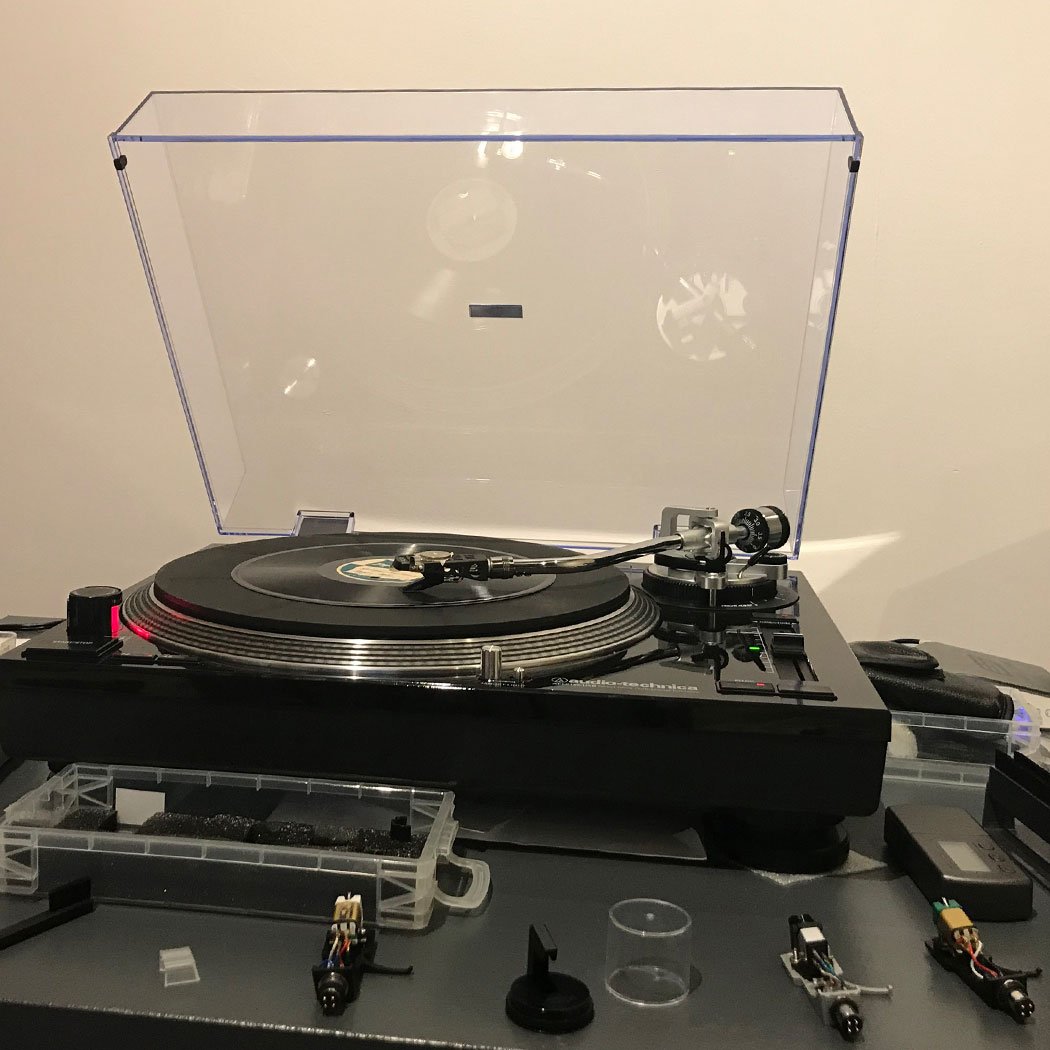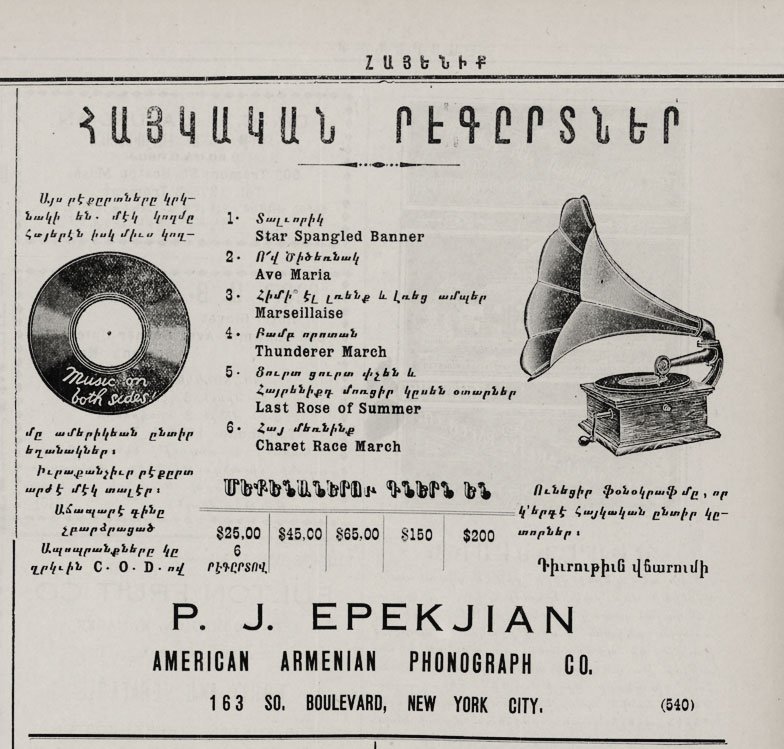Sound Archive 2021 - Year in Review
A special thanks to the SJS Charitable Trust for their generous support of our work to digitize and share our collection of 78 rpm records.
As we enter the New Year we’re taking a look back at the artists and topics covered in the Sound Archive posts since they began in March of 2021. We hope this overview helps emphasize the depth and richness of Armenian musical history encompassed in the collection. We’re also taking this opportunity to present a new format for the series. Going forward we’ll keep the writing and supporting images more brief, with the goal of sharing as much of the collection as possible in the most accessible way. We hope you enjoy the selections here which bring together on one page some of the music we’ve shared to date. For those of you who may have missed previous posts or are just discovering the series, we encourage you to take a look back and explore last year’s posts in more depth.
To recap the project to date, we kicked off the series with a webinar and an in-depth article written by Harout Arakelian that tells the story of the first Armenian language recordings made in the United States. These recordings were made for Columbia Records by Mardiros Der Sarkis Tashjian and his brothers Nishan and Levon in 1909. From there the project has gone on to cover the work of several Armenian business owners and entrepreneurs, such as Watertown’s own Armen Vahe, whose record and appliance store also encompassed a record label featuring regional musicians. Other entrepreneurs featured were two masters of the tar, George Shah-Baronian, and Haig Ohanian, who self-published their own recordings in California and Detroit respectively. We’ve presented a range of performers of Armenian classical music, from the pioneering voice of Armeneg Shah-Mouradian, a prodigy of Komitas Vartabed, to the lesser-known soprano, Nevarthe Jevelekian, who collaborated with the composer Grikor Suni. By contrast, the regional folk styles of artists such as Joseph Bedrosian and Vartan Margosian express the diversity of musical traditions that Armenians brought to the United States in the first decades of the 20th Century. Among this diversity, artists like Karekin Proodian exemplify how this range of traditions covering patriotic, Western classical, and village folk song forms were all intersecting and reshaping in the early days of recording. This year we also celebrated the work of beloved Dikranagertzi singer Onnik Dinkjian who has been the voice for many generations of Armenians in America and around the world.
This year we’ll be bringing you more recordings from the collection exploring the music and the stories of the people who brought it into the world, so stay tuned and Happy New Year from everyone here at the Sound Archive.
A special thanks to Jesse Kenas Collins for the digitization of our collection of 78 rpm records, and to Harry Kezelian and Harout Arakelian whose ongoing contributions of research and consultation have been critical to assembling the writings presented over the past year.
We’d also like to thank Collections Curator Gary Lind-Sinanian for his stewardship of this collection, and to the donors who have entrusted the Museum with these records.


